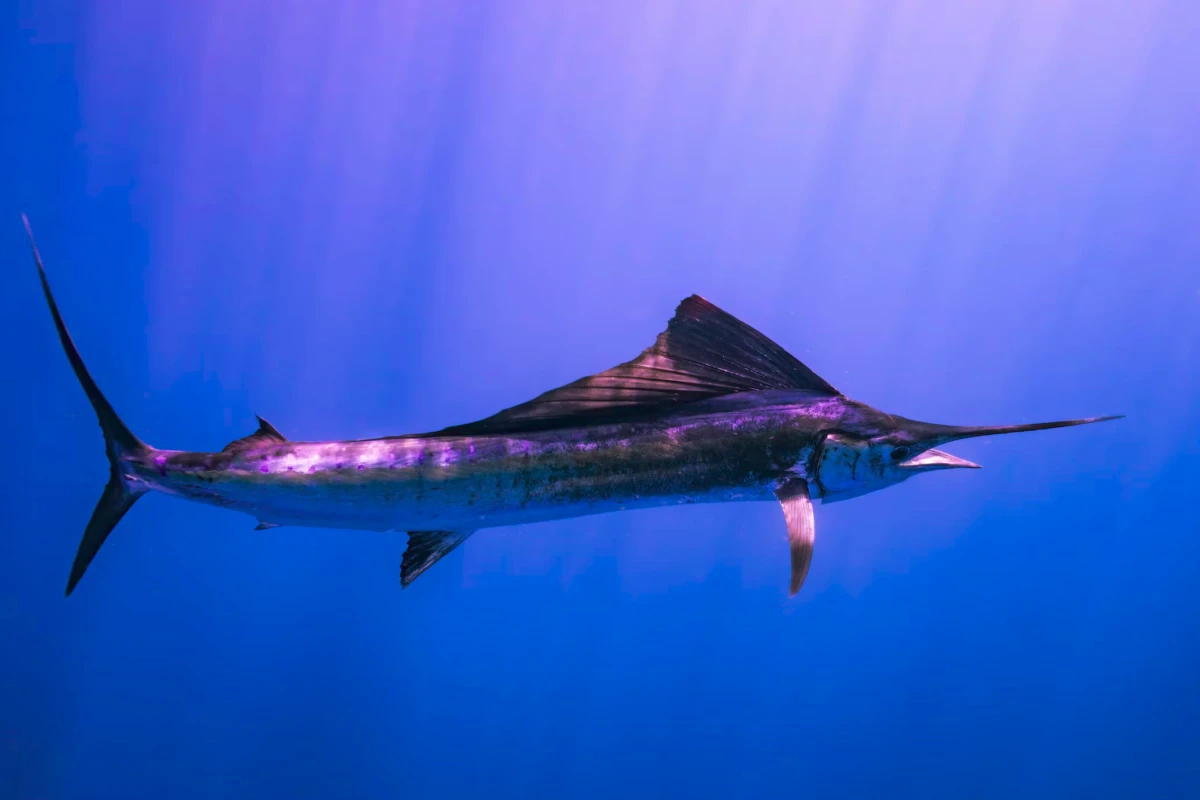When thinking about the ocean’s quickest inhabitants, you might immediately picture the sleek, formidable sharks that have dominated the waters in both reality and our imaginations. However, while these apex predators are undeniably swift, there’s another creature that truly wears the crown for speed underwater—a titleholder that might surprise you. This article dives into the fascinating world of the fastest animal in the ocean, delivering a deep dive into its unique characteristics, behavior, and significance.
The True Speedster of the Seas
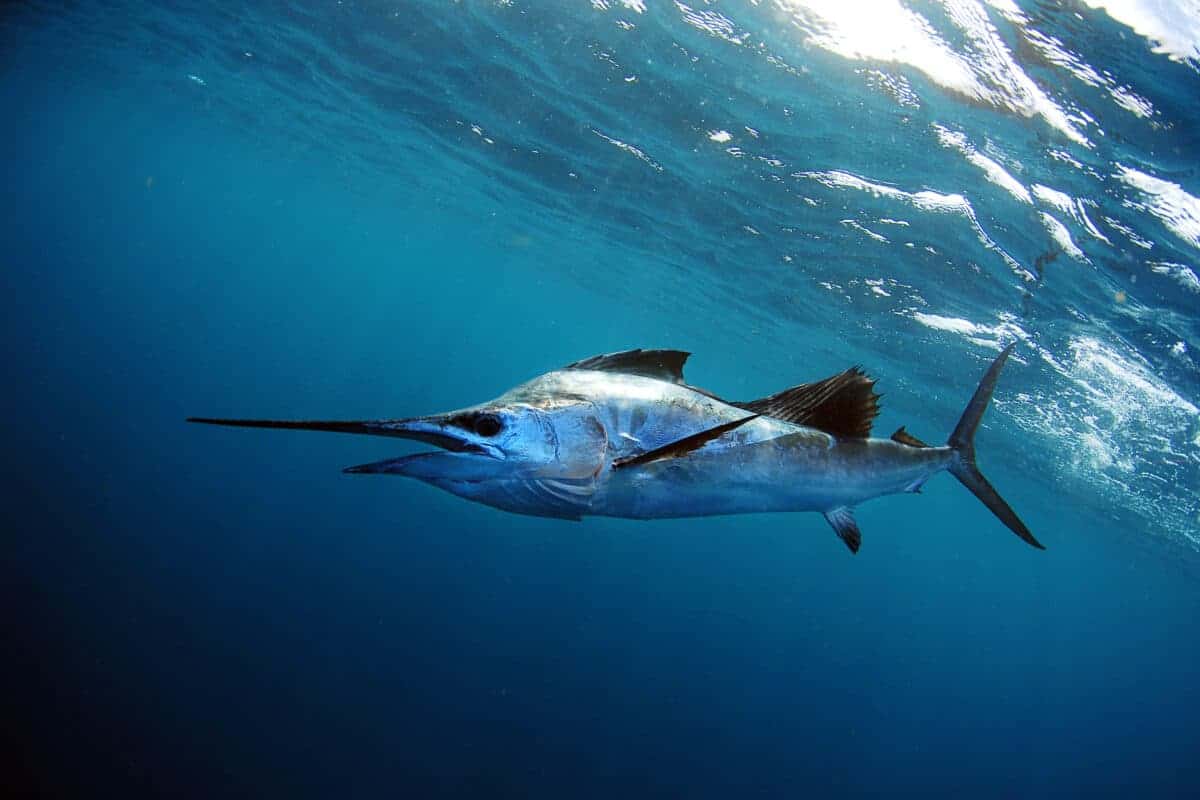
Contrary to popular belief, the accolade for the fastest animal in the ocean goes not to a shark, but to the sailfish (Istiophorus platypterus). Renowned for its astonishing speed, this magnificent fish can burst through the water at speeds of up to 68 miles per hour (110 kilometers per hour), making it the uncontested champion of ocean speed.
Anatomy of a Champion

The sailfish’s incredible velocity can be attributed to its streamlined body, which is perfectly designed for cutting through water with minimal resistance. Key to its design are its sail-like dorsal fin and a slender, elongated bill, which reduce drag and allow for quick, agile movements.
A Cloak of Colors

Adding to its impressive list of features, the sailfish can also change colors, a capability used to confuse prey and communicate with other sailfish. This dynamic coloration, often a vibrant blue to match the ocean depths, allows it to blend seamlessly into its environment or flash signals to its peers.
Prey and Hunting Strategies

Sailfish primarily feed on schooling fish and squid. They utilize their extraordinary speed and agility to approach schools of prey, then use their bill to slash through the water, stunning or injuring several fish, which they can then easily capture.
Social Sailors
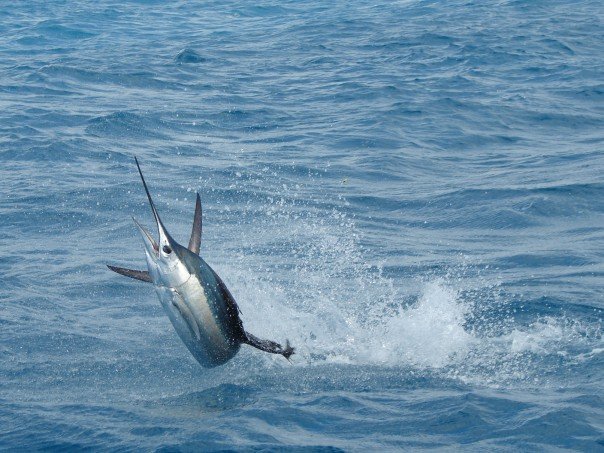
Far from solitary creatures, sailfish are known to form groups or “schools,” particularly when they hunt. Their social nature is a significant facet of their hunting strategy, working together to herd their prey, making it easier to feed.
Reaching Remarkable Speeds

The mechanics behind the sailfish’s jaw-dropping speed include not only its physical attributes but also its behavioral patterns. Before making a high-speed chase, sailfish will often “warm up,” increasing their muscle temperature to provide more power and agility during the hunt.
Conservation Status
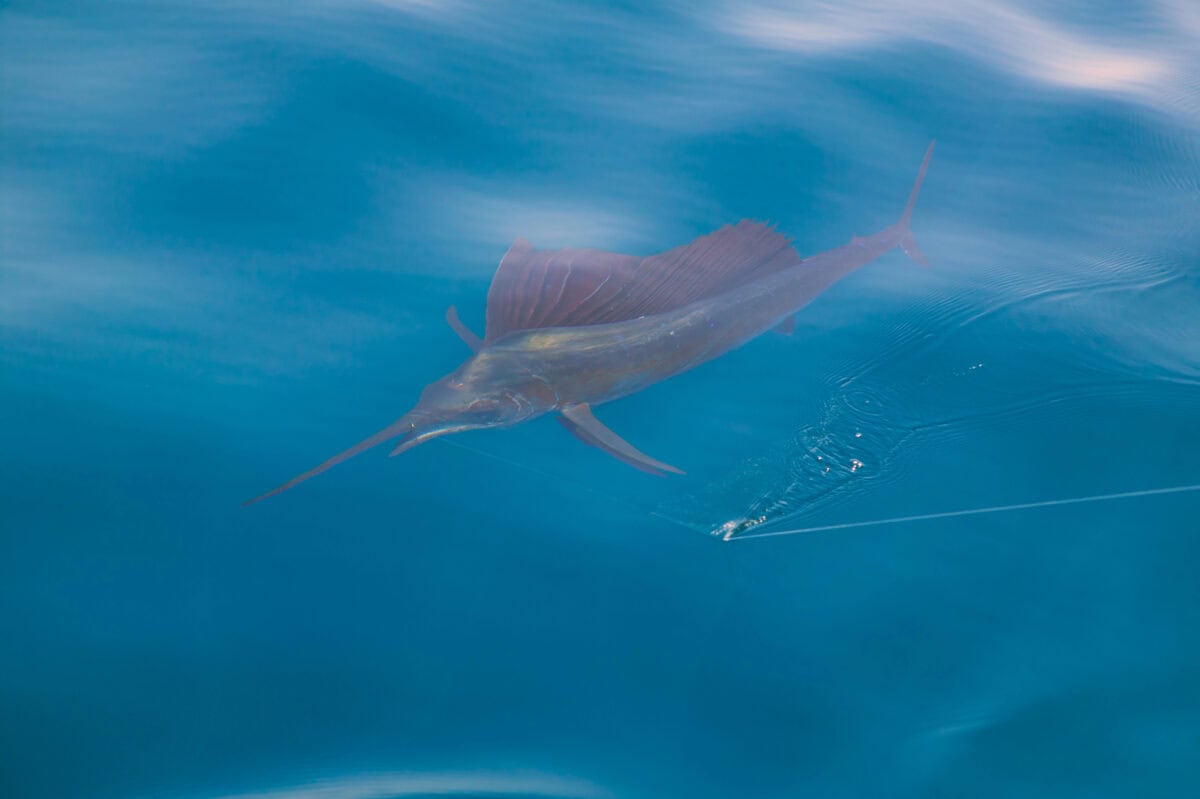
While not currently classified as endangered, sailfish populations face threats from overfishing and habitat destruction. Conservation efforts are vital to ensure that these incredible animals remain a thriving part of our oceans’ ecosystems.
Exceptional Record-Holders
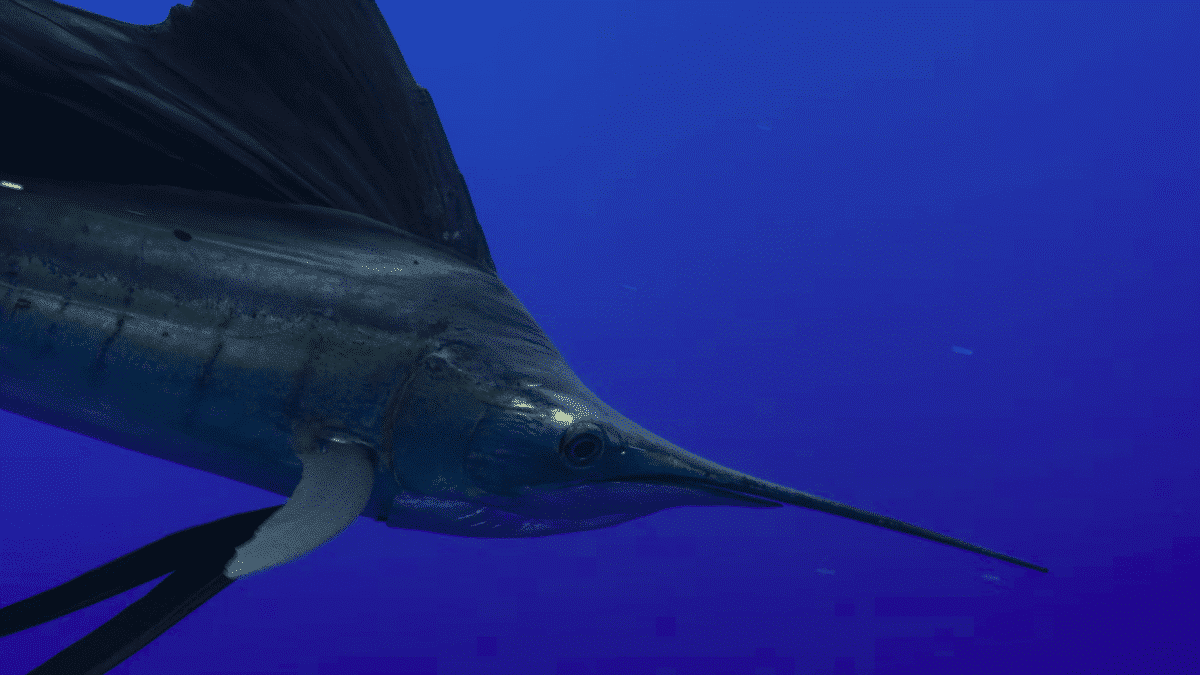
Sailfish are not only remarkable for their speed. They hold several records within the aquatic world, including their growth rate, known to be one of the fastest among fish.
Under Threat: Challenges to Their Reign
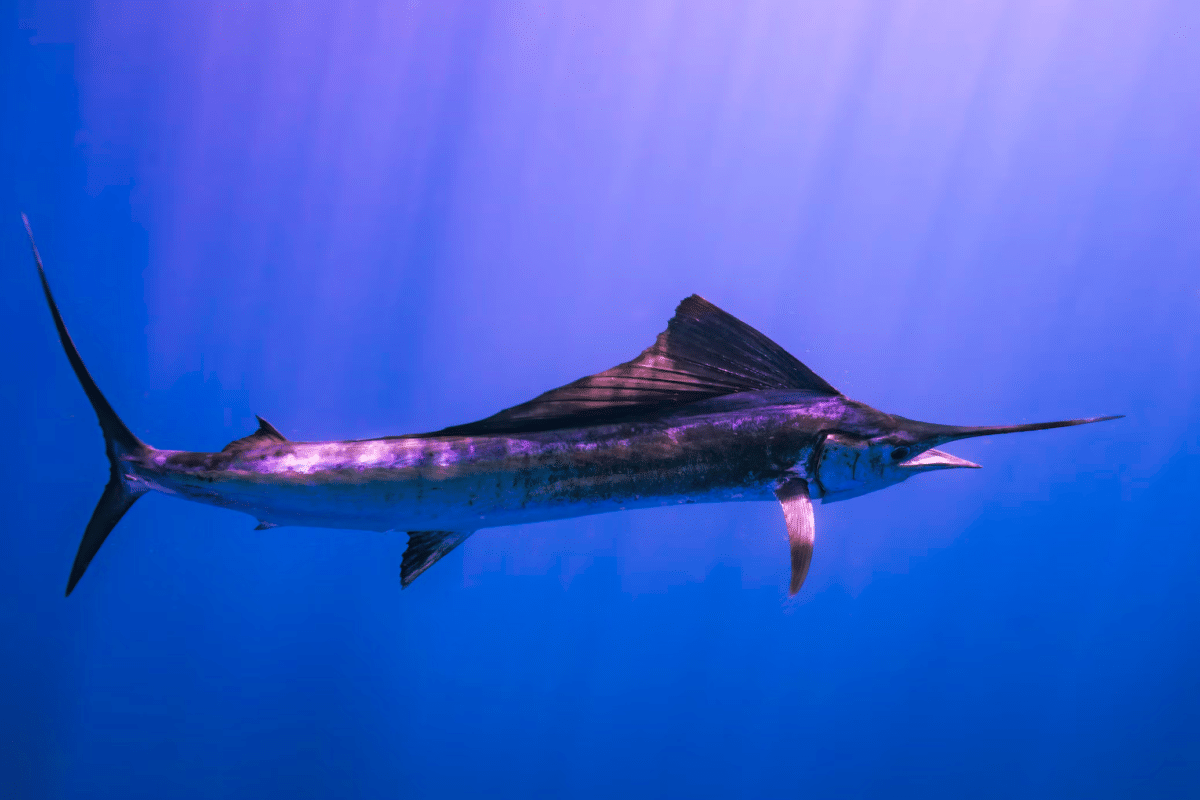
The biggest threats to sailfish populations include commercial fishing, where they are often caught as bycatch, and climate change, which affects ocean temperatures and the distribution of their prey.
A Symbol of Marine Magnificence

The sailfish, with its exceptional speed and striking appearance, has become a symbol of the wonders that the marine world has to offer. Its image is an emblem for conservation organizations and ocean enthusiasts around the globe.
Resilient and Majestic

Despite the challenges they face, sailfish populations continue to display resilience. Their survival and thriving in the world’s oceans are a testament to their remarkable adaptations and the marine ecosystem’s complexity and beauty.
Conclusion: A Testament to Ocean Wonders

The sailfish’s standing as the fastest animal in the ocean serves as a compelling reminder of the ocean’s marvels. Beyond their breathtaking speed, sailfish are symbols of the intricate balance of marine life, the importance of conservation, and the continuous discovery and wonder that the ocean offers. As we delve deeper into understanding and protecting these swift marvels, we preserve not only them but the vast, interconnected web of life that thrives beneath the waves.
- How Lemurs Are Holding On in Madagascar - August 24, 2025
- The Secret to How Camels Survive 100°F Heat Without Sweating - August 24, 2025
- The Hidden Dangers of Wildlife Tourism—Are You Accidentally Harming Animals? - August 24, 2025

